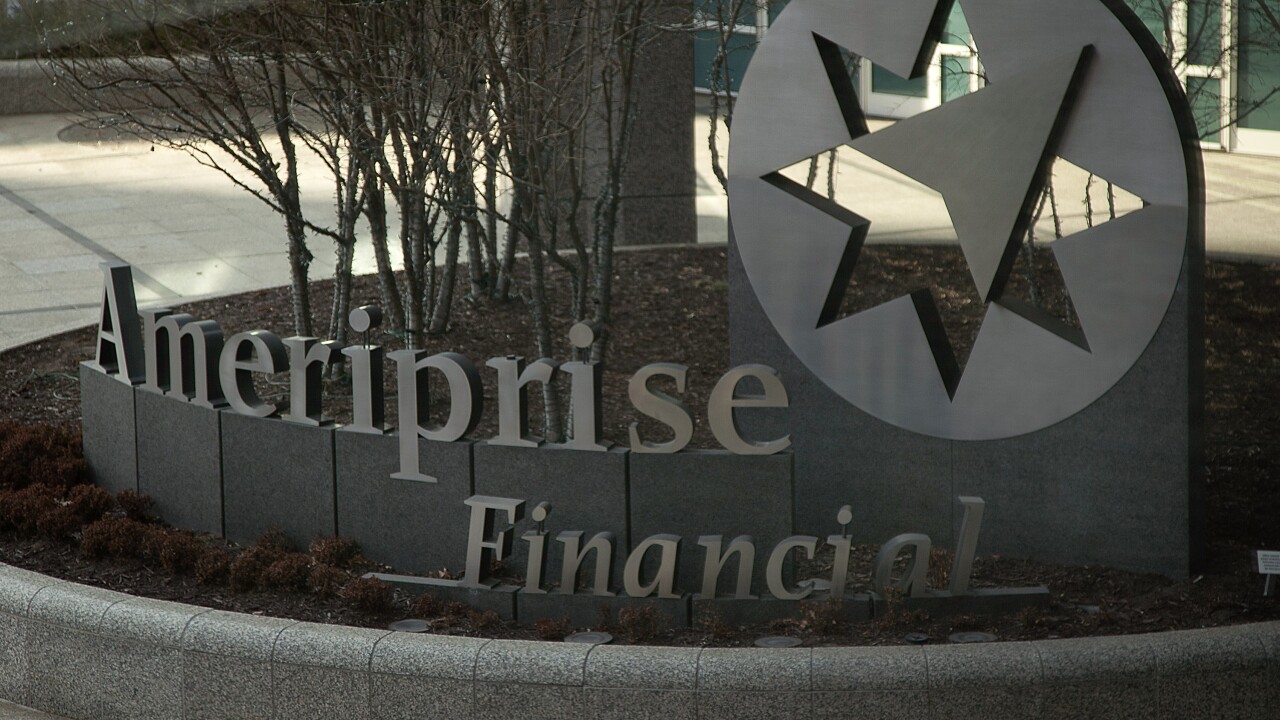Some passive index funds and ETFs that attract investors with increasingly low fees may come with a hidden cost based on buying stocks at higher values and selling them at lower ones.
The potential shortcomings for financial advisors and clients who embrace low expense ratios and passive products have been highlighted in recent studies. In the latest example, a research paper released by
READ MORE:
Between 2014 and 2023 on the FTSE 100, S&P/TSX 60, S&P/ASX 300, EURO STOXX 50 and Nikkei 225, the stocks entering the five international indices carried "positive excess return patterns, and deletions exhibit negative excess return patterns before reconstitutions, while both exhibit reversals after reconstitutions," Dimensional's study found. The company's
"All of these costs can add up, but they can be hard to identify," she said, referring to factors such as reconstitution and other elements that affect indices and funds tied to them, such as securities lending revenue, drifting from the stated strategy or other corporate actions. "We know that those rigidities, that lack of flexibility, are going to come with a cost. … Just the fact that it's an index fund doesn't mean you don't have to do due diligence on the index and on the fund provider itself."
What financial advisors should know
The research followed other studies exploring the rebalancing of index funds, such as an academic working paper
For advisors and their clients, the simple answer points to purchasing a total stock market ETF or fund, according to planner Allan Roth, the founder of Colorado Springs, Colorado-based
"When it comes to owning stocks, I say own all according to the market cap. Not only do you avoid the index reconstitution issue, it's far more tax-efficient," Roth said in an email. "My total stock index funds pushed through no capital gains. And I get bragging rights as well — I bought Nvidia stock at its IPO on 1/22/99 because it was part of my total stock index fund. No worries about reconstitution of indexes!"
READ MORE:
Dimensional is "a very good fund family" that has moved into ETFs in recent years
Quantifying the impact of reconstitution
While the Dimensional Funds research paper doesn't specifically advertise Dimensional's products, it does conclude that "a daily process that uses information from market prices every day and spreads turnover across all trading days in the year, with flexibility across stocks, quantities and time" would yield stronger results.
"Overall, we find that spikes in trading volume and price pressure around reconstitution events are prevalent in the most recent 10 years for five widely tracked ex-U.S. indices that
span the globe," the study said. "The rigidity of having to trade specific securities in specific amounts on specific days forces index funds to demand immediacy, which comes at a cost. This cost is not reflected in expense ratios of index funds but detracts from their returns because it's priced into the returns of the indices."
In quantifying the impact, the study found that the prices of additions and deletions to the indices respectively rise and fall by an average of 3.5% in excess returns either way in the 20 days before reconstitution. In the 20 trading days after the reconstitution, they reverse course by a mean of 1.9%. Tracking the "intraday" effects based on comparing the "last midpoint price of the continuous trading session on reconstitution day to the closing auction price," additions' prices jump 55 basis points over the nonrebalanced stocks and deletions' values fall by 37 bps, according to the study.
"When index fund managers attempt to match the indices they are tracking, it is not enough to just trade the same stocks on reconstitution day; they also want to match the price the indices apply when adding or deleting stocks, which is set in or near the closing auction," Hendrix and the other authors wrote. "This demand for immediacy at market close comes with a cost."





